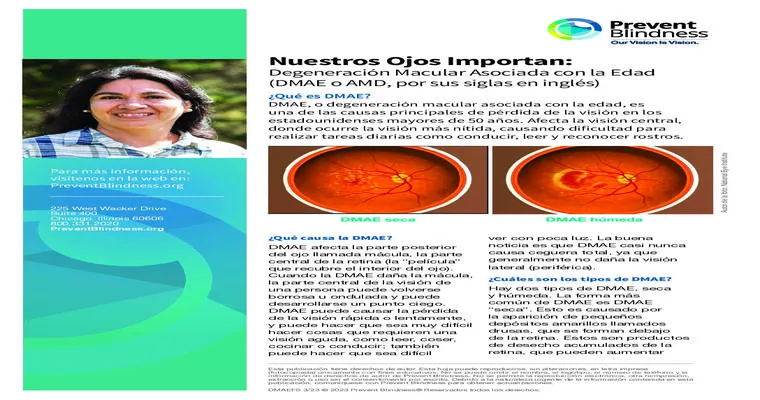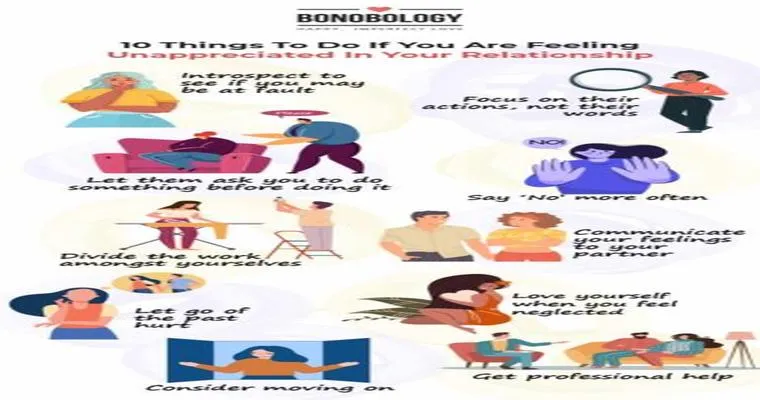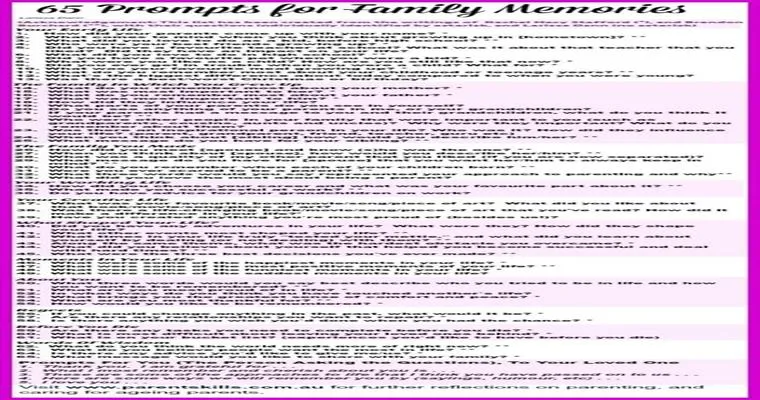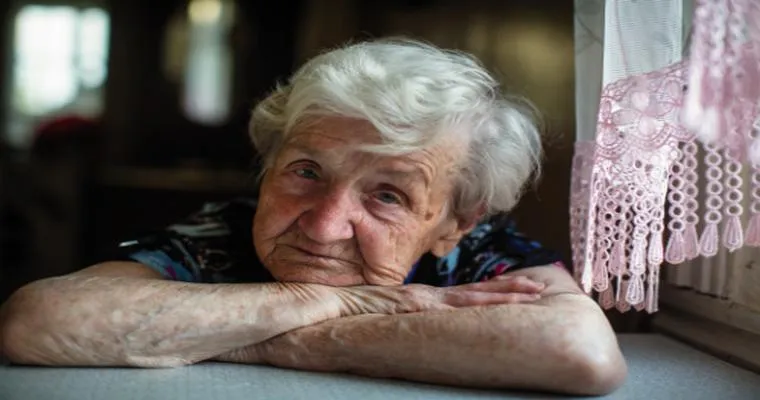"Age-Related Macular Degeneration (AMD)" is a leading cause of vision loss in older adults, making it crucial for "caregivers" to understand this condition and how to support those affected. AMD primarily affects the "macula", a part of the retina responsible for sharp, central vision. As caregivers, being informed about the signs, symptoms, and management strategies of AMD can significantly enhance the quality of life for those in your care.
Understanding Age-Related Macular Degeneration
AMD is classified into two main types: "dry AMD" and "wet AMD". Dry AMD is more common and occurs when the macula thins over time, leading to gradual vision loss. Wet AMD, on the other hand, involves the growth of abnormal blood vessels beneath the retina, which can cause rapid vision deterioration. Recognizing the difference can help caregivers identify the type of AMD and the appropriate interventions needed.
Signs and Symptoms
Caregivers should be vigilant about the following signs and symptoms of AMD:
"Blurry or distorted vision": Individuals may notice that straight lines appear wavy or blurry.
"Difficulty recognizing faces": Familiar faces may become harder to identify.
"Dark or empty spaces in vision": This can occur in the central vision, making it challenging to read or perform tasks.
"Changes in color perception": Colors may seem less vibrant or different than usual.
Being able to spot these symptoms early can lead to timely interventions and better management of the condition.
Supporting Those with AMD
As a caregiver, your role is vital in helping individuals with AMD maintain their independence and quality of life. Here are some strategies you can employ:
1. "Encourage Regular Eye Exams": Regular check-ups with an eye care professional are essential for monitoring the progression of AMD and updating treatment plans.
2. "Assist with Vision Aids": Help the individual explore various vision aids, such as magnifying glasses, large print books, and screen readers that can assist in daily activities.
3. "Create a Safe Environment": Ensure that the living space is well-lit and free of hazards to prevent falls and injuries. Consider using contrasting colors for better visibility of objects.
4. "Promote Healthy Lifestyle Choices": Encourage a diet rich in leafy greens, fish, and fruits that support eye health. Regular exercise and avoiding smoking can also help slow the progression of AMD.
5. "Provide Emotional Support": The emotional impact of vision loss can be profound. Be there to listen and offer reassurance. Connecting with support groups or counseling can also be beneficial.
Resources for Caregivers
There are numerous resources available for caregivers to learn more about AMD and how to provide effective support. Organizations such as the "American Academy of Ophthalmology" and the "American Macular Degeneration Foundation" offer valuable information, educational materials, and support networks.
Conclusion
Understanding "Age-Related Macular Degeneration" is essential for caregivers striving to enhance the lives of those affected by this condition. By recognizing the signs, providing emotional and practical support, and staying informed about treatment options, caregivers can play a crucial role in managing AMD effectively. Empowering those in your care with knowledge and resources can make a significant difference in their journey with this condition.





